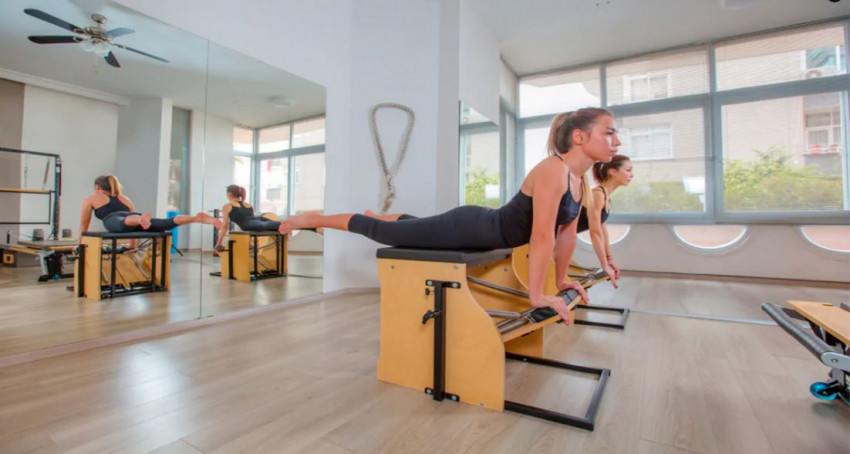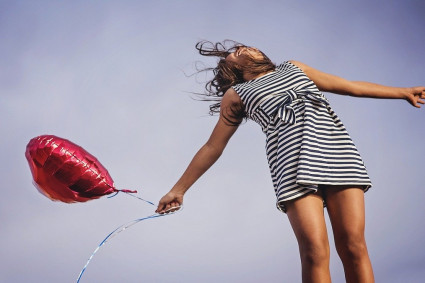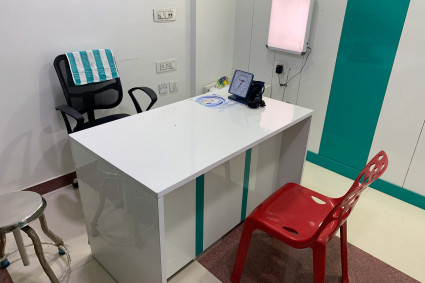
Pilates Chair – What Is It?
The Pilates Chair was among the various exercise equipment devised by Joseph Pilates. It is basically a robust box equipped with a resistance panel and cushioned all around. The panel contains a pedal with the help of which you can change the resistance as per your need. Since its inception, there has been a lot of variations of the Pilates Chair, with some chairs featuring customized handles and some chairs having a high back.
How the Pilates Chair Workouts Are Useful?
Working out on the Pilates Chair offers several coherent and far-reaching benefits for your body.
- It works not just the major muscle groups but also the smaller muscle groups. This actually makes a huge difference in the overall impact on your body’s fitness.
- It can improve your posture and fix your spine issues if any.
- It strengthens the muscles of your abdomen and lower back.
- Pilates Chair Workouts will help you to develop muscles that are lean, well-defined, and perfectly shaped.
- It is an excellent training routine for Sports that require your upper body to be strong and mobile, like Tennis or Golf.
- You would definitely witness long-term benefits from Pilates Chair Workouts, but you would also experience changes in the functioning of your muscles after a couple of sessions.
Exercises Using the Pilates Chair
Before going into the exercises themselves, it is worth pointing out that while these workout techniques had been developed keeping the traditional Pilates Chair, they can be performed on any Pilates Chair, including the modern version of the Traditional Pilates Chair, and its other variations like the Malibu Pilates Chair.
Seated Double Leg Pump
Your starting position would be at the center of the Pilates Chair with both your feet on the pedal. Keeping your heels pressed together, and your toes slightly distanced, press the pedal ten times.
While doing this exercise, remember to focus on your form and body alignment as per direction. Also, remember that lifting your heels brings your hamstrings into the exercise.
Standing Single Leg Pumps – Front
Your starting position for this exercise would be to stand facing the pedal of the Pilates Chair. Now, keeping your arms crossed and the metatarsals of your right leg on the pedal, push the pedal with moderate to high strength ten times. Repeat this procedure on your other leg.
Front Mountain Climb
Your starting position remains the same, with your body facing the Pilates Chair. Now, with your left leg on the pedal, push the pedal down all the way to the floor. Then keep your right leg on the chair’s cushioned seat and keep your arms on either side of the seat.
Now, keep your back rounded, and balance your weight on your right leg so that your whole body is lifted while your left leg and the pedal are raised off the floor.
After that, you have to arrange your body into a position where your right thigh is aligned parallel to the ground. Then, maintaining this position, push your left foot on the pedal ten times. This completes the first part of the exercise.
Now, place your left foot on the ground, and holding the pedal, change the position of your legs which means that your right foot is on the pedal now. Now push your left leg on the seat of the chair and repeat the earlier routine on the right side.
Keep in mind that during this entire exercise, your pelvis should stay erect and even. If you want to challenge your body even more, you could try doing this exercise while keeping your hands behind your head and allowing the pedal to be raised till your thigh is aligned parallel to the floor. Repeat the pump movement on each side ten times.
Going Up
The starting position is the same again, facing the Pilates Chair and the Pedals. Keeping your left leg on the pedal, push the pedal down to the ground. Keep your right leg on the seat of the chair and your arms extended; push up with your right leg allowing your body to align out of the bent-leg position.
Now, your body will lift upwards while keeping your left leg erect and allowing the pedal to move upwards. Repeat this movement ten times and do the same for the other side.
Keep in mind that your pelvis should stay erect and even during the entire exercise. Also, since this exercise belongs to the category of lunges, the weight should be equally divided between your two legs. Do not attempt this exercise unless your body is sturdy enough to withstand it.
Single Leg Pumps – Crossover
The starting position changes somewhat for this exercise; you start with your body facing the right side of the chair. Stand balancing on your right leg and crossing your left leg, place your foot on the pedal. Your standing foot should be aligned with the tip of the pedal when it’s raised.
Keep your balance and push the pedal with the crossed-over foot. Now go to the other side of the chair and repeat the same movement.
Single Leg Pumps – Rounded Back
This is another variation of the Single Leg Pumps exercise on the Pilates Chair.
Your starting position would be at the rear end of the Pilates Chair, with your thighs touching the tip of the seat. Now put your right foot above the chair and place your heel towards the pedal. That’s the first part of the exercise.
Now keeping your back rounded, lift your body with the abdominal muscles supporting the weight of your spine. Keep your hands on the sides of the seat.
Force the pedal down with moderate to high intensity ten times. Repeat the same movement on the other side.
Single Leg Pumps – Kneeling Front
Start with your body in the kneeling position on the top of the chair. Support your body on one knee and extend your arms to the side.
Now keep your heel on the pedal while ensuring that your pelvis is aligned towards the front and erect. Push down on the pedal ten times, and repeat the movement on the other side.
The Swan
The Swan is one of the most difficult exercises on the Pilates Chair, but also one with the most benefits. The Swan strengthens your muscle groups like the abdominals and quadriceps and is also great for people who suffer from Parkinson’s disease. The exercise goes like this:
With your hands on the pedal and your hips placed on the top of the Pilates Chair, press the pedal three times with your arms. When you are able to pump the pedal without your spine dipping, try to prop the pedal up with your arms. Now, lower your back and repeat the same movement twice.
Tips for Doing Pilates Chair Workouts
- Work on a chair with a moderate or high resistance setting.
- Try to utilise the pedal to its maximum effect by engaging with the spring when you are at the release point.
- You can try pressing your hands on the sides of the chairs while doing your exercises. This will connect your arms to your core and also broaden your chest and shoulders.
- The Pilates Workouts should be ideally monitored by a trained instructor. If at any point during the exercise you feel troubled, stop doing it immediately and consult an expert.
- Try to alternate the Pilates Chair Workouts with other forms of high-intensity training. A common routine is working with weights and machines at the gym and going to the Pilates Chair right at the end of your session.
Is 20 Minutes of Pilates a Day Enough?
A classic Pilates workout takes about 45 minutes to complete, but it might be difficult for some people to devote that much time to Pilates each day. However, it is possible to enjoy the benefits of Pilates with far shorter workout sessions. If you are doing Pilates as part of your overall fitness program that also includes cardio, light training, and other exercises, then ten or twenty minutes per day is more than enough.
Many people have reported encouraging signs in their body structure after doing 20 minutes of Pilates every day for a couple of weeks. Doing 20 minutes of Pilates per day is a good schedule to begin with. As you get used to the routine, you might then increase the duration to 30 minutes or more.
Final Thoughts
Among Pilates enthusiasts, the chair is considered to be the equipment that is the most difficult to muster. But once you get comfortable in it, it’s actually quite easy to work on. You can start with basic exercises and soon progress to advanced exercises like ‘the swan’.




